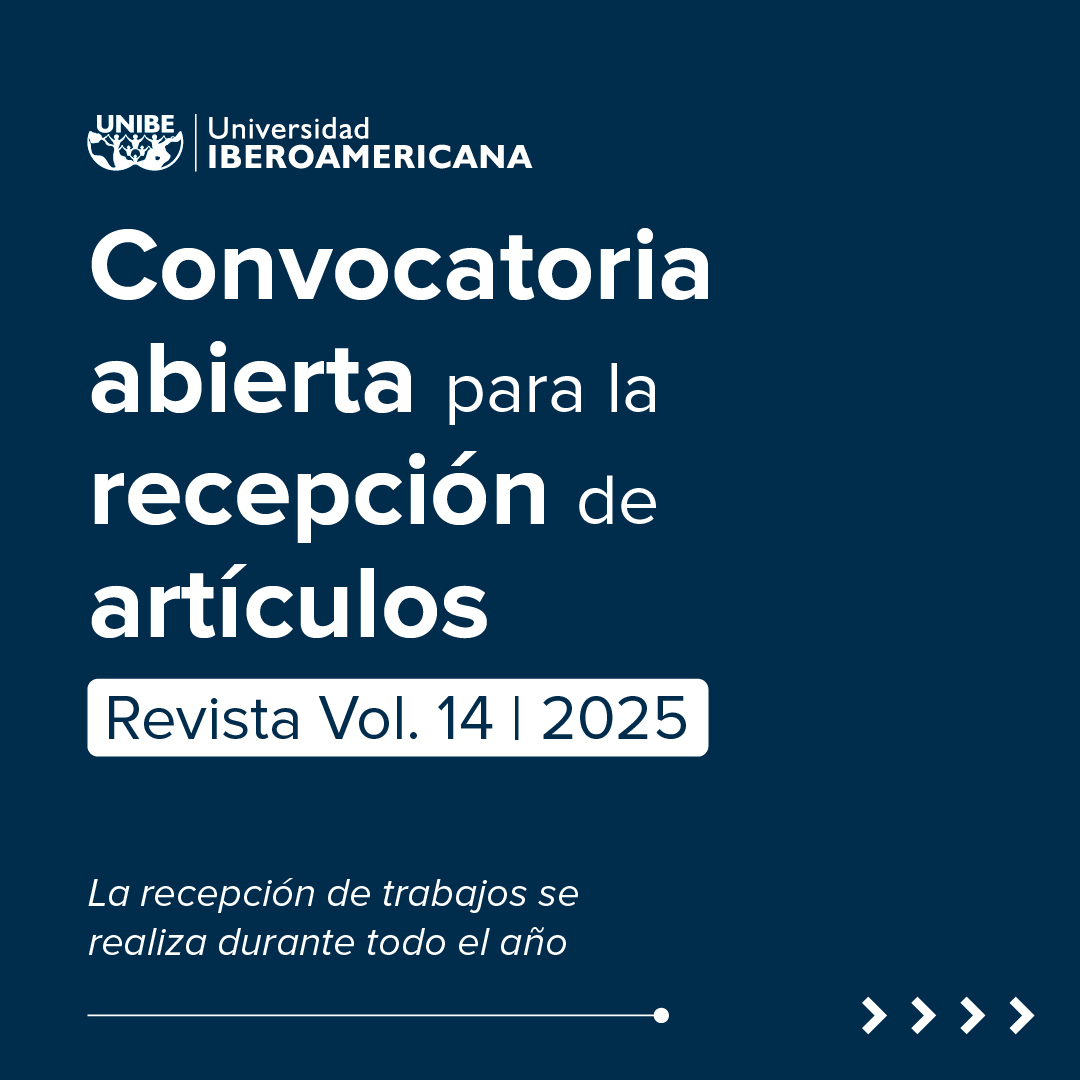Ontological complexity and mathematical problem statements
DOI:
https://doi.org/10.26885/rcei.9.1.17Keywords:
language, mathematics, ontologyAbstract
The common context, which conditions the school practice of solving mathematical problems, contemplates the passage from verbal enunciation (oral, written or pictographic), that is, from the general enunciation (usually linguistic) of the problem to its resolution in mathematical language , and this process is not at all automatic, immediate or transparent, since it is determined by what we call the degree of ontological complexity -process that conditions the understanding (interpretation) in mathematical terms of what is posed- from colloquial language. Ontological complexity refers to the grammatical sentence as its logical structure. This theoretical proposal postulates the formula - which we call the ontological complexity index (CO) -, as a quotient to the number that refers to the total number of variables that the predicate or predicates of the propositions contain, and the denominator to the total number of relationships between the variables of the predicates. This formula can be used to qualify the exercises in terms of the number of referents and their relationships –ontological content-, thus providing a tool that provides another perspective for the pedagogical work in the classroom. This research, is meta-analytic, the databases of the Third Regional Comparative and Explanatory Study TERCE (of the United Nations Educational, Scientific and Cultural Organization - UNESCO - Regional Office of Education for Latin America and the Caribbean) with regard to the results of children in the third grade of Basic School Education in Paraguay, finding that 73% of these, grouped in levels IV and III of mathematical competence, also reached Level IV in Reading, this leads to think that higher levels of mathematical competence are associated with higher levels of reading (language) competence.
Downloads
References
Bell, E. T. (1996). Historia de las Matemáticas. Fondo de Cultura Económica.
Bunge, M. (1974a). Semantics I: Sense and reference, Treatise on basic Philosophy, vol. 1. D. Reidel Publishing Company.
Bunge, M. (1974b). Semantics II: Interpretation and Truth, Treatise on basic Philosophy, vol. 2. D. Reidel Publishing Company.
Duval, R. (2004). Los problemas fundamentales en el aprendizaje de las matemáticas y las formas superiores del desarrollo cognitivo. Universidad del Valle.
Ferrero, L. (2002). Enciclopedia de la Pedagogía, Artículo: las Matemáticas en la Educación Obligatoria de la Enciclopedia de Pedagogía. Espasa Calpe.
Flotts, M. P., Manzi, J., Barrios, C., Saldaña, V., Mejias, N., & Abarzúa, A. (2016). Aportes para la enseñanza de la Matemática. OREALC-UNESCO.
Flotts, M. P., Manzi, J., Giménez, D., Abarzúa, A., Cayuman, C., & García, M. J. (2016). Informe de resultados TERCE, Logros de Aprendizaje. UNESCO.
Kline, M. (1992). El pensamiento matemático de la Antigüedad a nuestros días. Alianza Editorial.
Mayer, R. E. (1986). Capacidad matemática. en R. J. Stenberg (Ed.), Las capacidades humanas. Un enfoque desde el procesamiento de la información. Labor.
Organización de las Naciones Unidas para la Educación, la Ciencia y la Cultura, UNESCO. (2019). Oficina Regional de Educación para América Latina y el Caribe. http://www.unesco.org/new/es/santiago/education/education-assessment-llece/terce/databases/
Pimm, D. (1987). Speaking Mathematically. Rodedge and Kegan Paul.
Rey Pastor, J. & Babini, J. (1997a). Historia de la Matemática. De la Antigüedad a la Baja Edad Media, vol. 1. Gedisa.
Rey Pastor, J. & Babini, J. (1997b). Historia de la Matemática. Del Renacimiento a la actualidad, vol. 2. Gedisa.
Rosales López, C. (1984). El lenguaje matemático en los textos escolares. Enseñanza & Teaching: Revista interuniversitaria de didáctica, (2).
Salvador Mata, F. (1984). Estructuras sintácticas de la lengua escrita en el Ciclo Medio de E.G.B.: análisis evolutivo y diferencial [tesis doctoral]. UNED.
Simon, J. (1973). La langue écrite de l’enfant. Presses Universitaires de France.
Downloads
Published
How to Cite
Issue
Section
License
Copyright (c) 2020 Revista Científica Estudios e Investigaciones

This work is licensed under a Creative Commons Attribution 4.0 International License.













